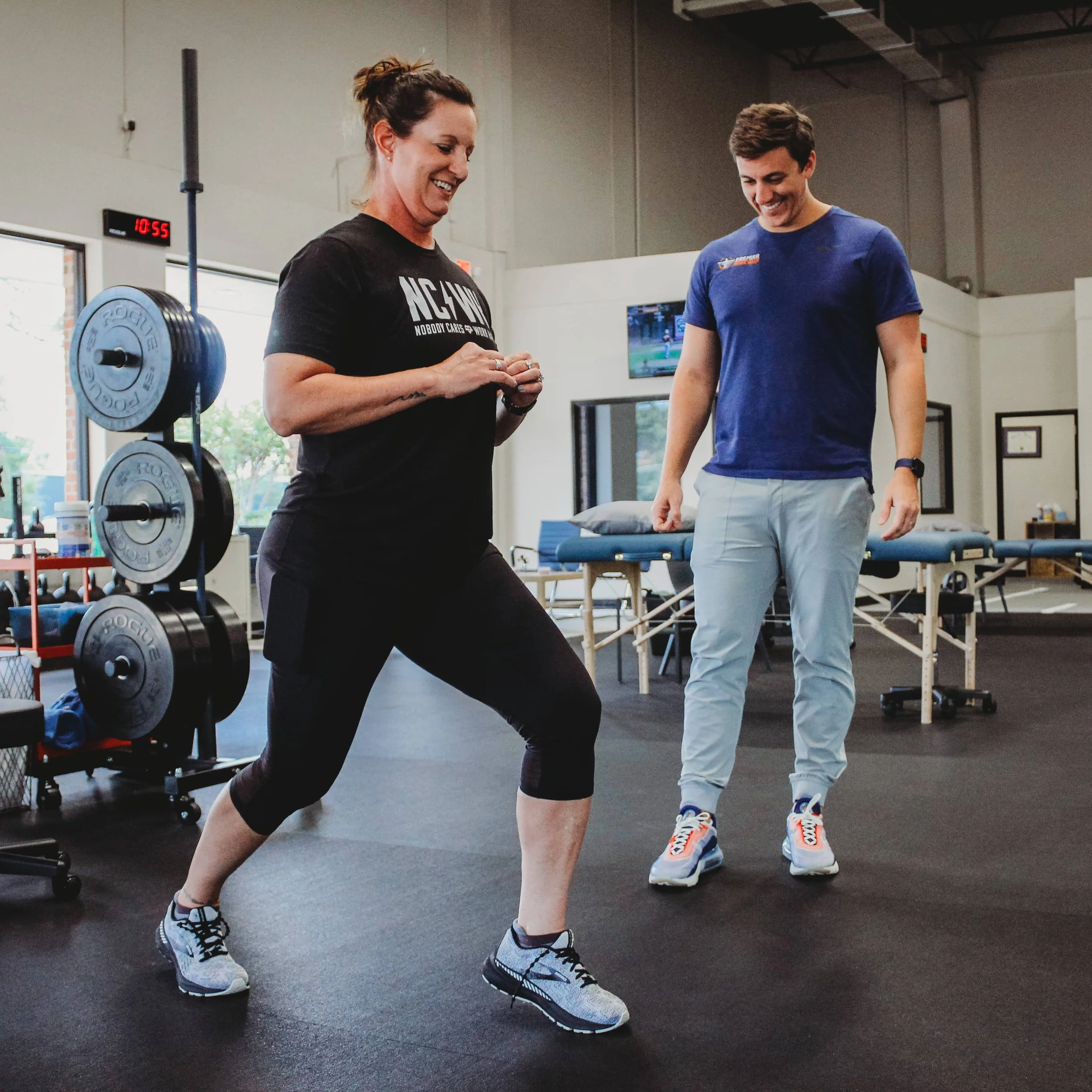Ankle Sprains in Orlando Soccer Players: Causes, Treatment, and Prevention
Soccer is a high-intensity sport that requires quick changes in direction, explosive movements, and a lot of running. Unfortunately, these demands on the body also put soccer players at a high risk for ankle sprains. Ankle sprains occur when the ligaments in the ankle are stretched or torn, which can cause pain, swelling, and limited mobility. In this article, we will discuss the causes, treatment, and prevention of soccer ankle sprains and how sports physical therapists can help soccer players with ankle sprains.
Causes of Soccer Ankle Sprains
Several factors can cause soccer ankle sprains, including poor technique, improper footwear, playing on uneven surfaces, overuse, and previous injuries. Soccer players should wear cleats that fit properly and provide adequate support to prevent ankle sprains. Playing on well-maintained and level fields can also reduce the risk of ankle sprains. Additionally, soccer players who have a history of ankle sprains are more likely to experience future ankle sprains, so it is important to seek treatment and rehabilitation for ankle sprains as soon as possible.
Treatment for Soccer Ankle Sprains
The treatment for soccer ankle sprains depends on the severity of the injury. For mild ankle sprains, the RICE method is recommended: rest, ice, compression, and elevation. Resting the ankle, applying ice, compressing the ankle with a bandage, and elevating the ankle above the heart can help reduce swelling and pain. For more severe ankle sprains, physical therapy may be necessary to regain strength, flexibility, and range of motion. A sports physical therapist can design an individualized rehabilitation program that includes exercises and stretches to help the soccer player recover and prevent future ankle sprains. In rare cases, surgery may be required for severe ankle sprains.
Preventing Soccer Ankle Sprains
Preventing soccer ankle sprains involves wearing proper footwear, strengthening exercises, proper technique, stretching, playing on proper surfaces, and adequate rest and recovery time between games and practices. Proper warm-up routines, like the FIFA 11+, also prepare muscles and joints for physical activity, reducing the risk of ankle sprains. Sports physical therapists can work with soccer players to develop personalized strengthening and stretching programs that can help prevent ankle sprains and other injuries.
How Sports Physical Therapists Can Help
Sports physical therapists play a crucial role in helping soccer players recover from ankle sprains and prevent future ankle sprains. These professionals are trained to assess and diagnose injuries, develop rehabilitation plans, and provide ongoing support and guidance throughout the recovery process. Sports physical therapists work with soccer players to help them regain strength, flexibility, and range of motion in the ankle, as well as improve balance and coordination. They also provide education on injury prevention strategies, such as proper warm-up routines, stretching, and strengthening exercises. By working with a sports physical therapist, soccer players with ankle sprains can recover more quickly and safely reduce the risk of future injuries.
In conclusion, soccer ankle sprains are a common injury among soccer players, but they can be prevented with proper technique, footwear, and training. If an ankle sprain does occur, it's important to seek treatment promptly and follow the recommended rehabilitation program to prevent further injury. Sports physical therapists can play a critical role in helping soccer players recover from ankle sprains and prevent future injuries. By taking proper precautions and seeking proper treatment when necessary, soccer players can minimize the risk of ankle sprains and continue to play the sport they love.




